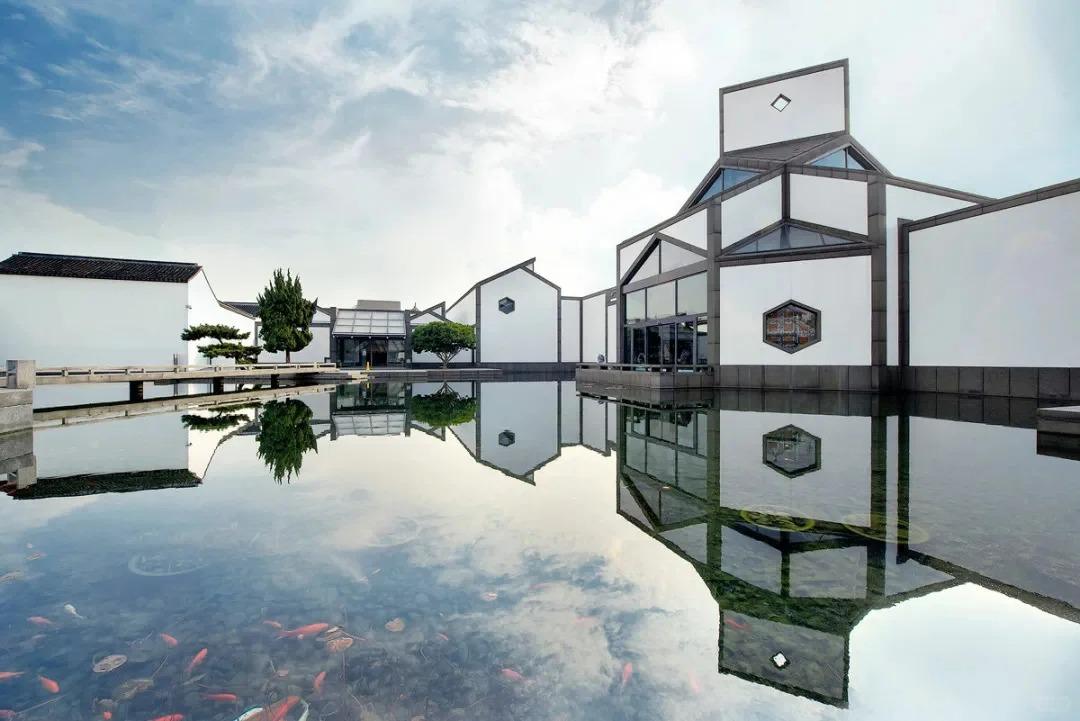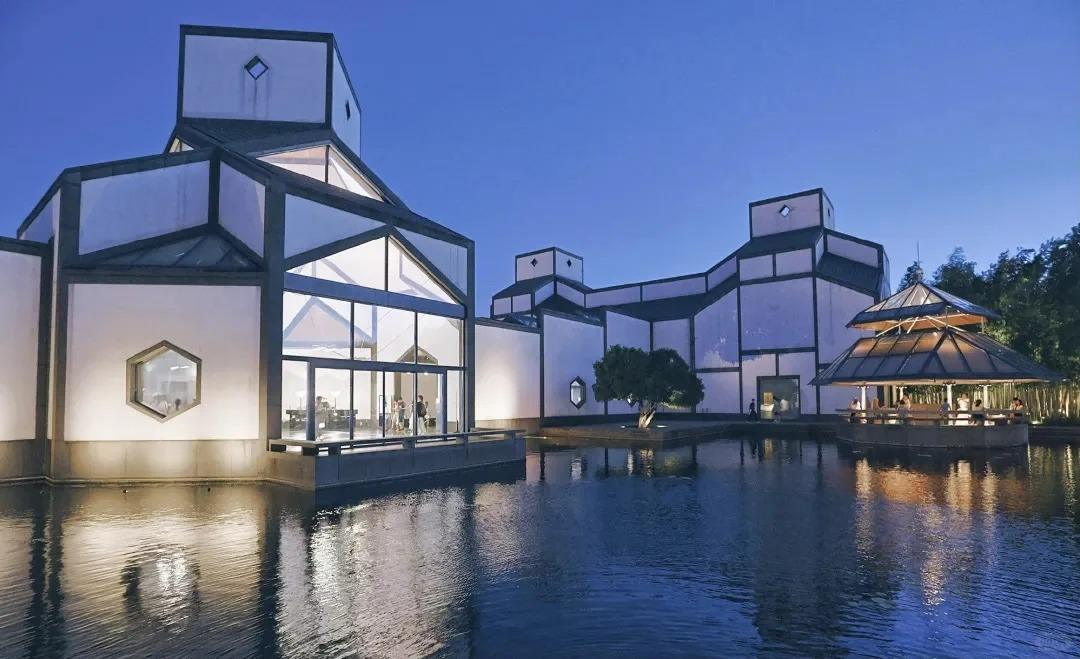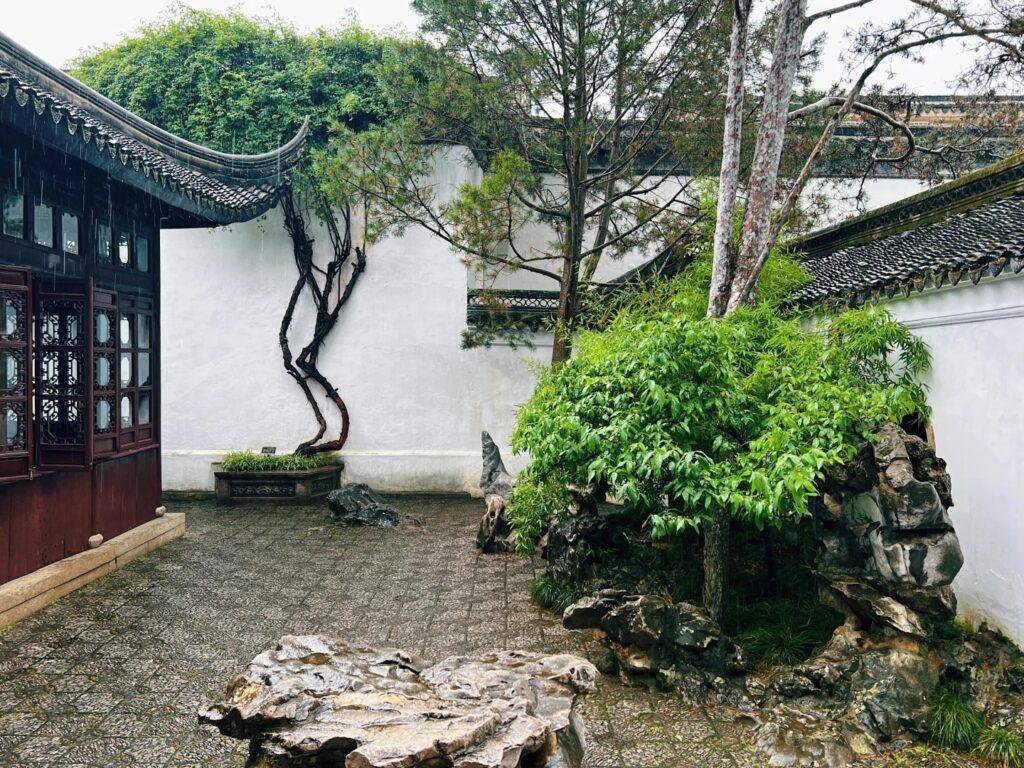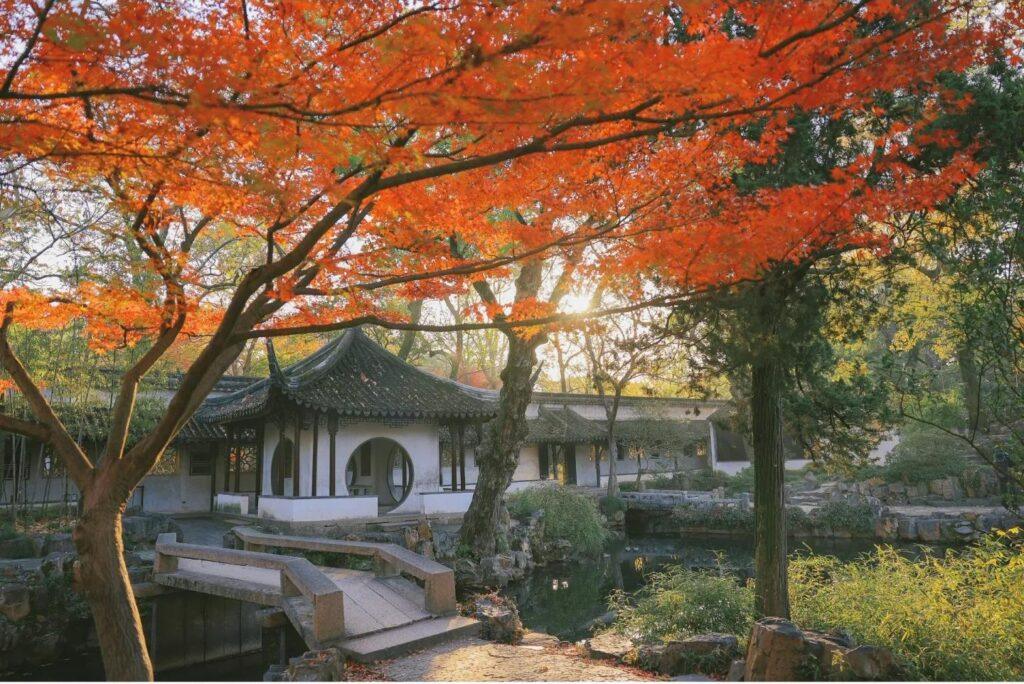Visiting Information
| Information | Details |
|---|---|
| Chinese Name | 苏州博物馆 (Sūzhōu Bówùguǎn) |
| Location and Address | 204 Dongbei Street, Gusu District, Suzhou, Jiangsu Province, China |
| Opening Hours | Tuesday to Sunday: 9:00 AM – 5:00 PM (Last entry at 4:00 PM) Closed on Mondays (except public holidays) |
| Entrance Fee | Free admission |
| How to Get There | By Metro: Take Line 2 to Shiquan Street Station, then walk about 15 minutes By Bus: Take bus lines 29, 47, 85, 146, 202, 313, 518, or 529 to Suzhou Museum stop By Taxi: Ask for “Suzhou Museum” or “苏州博物馆” |
| Best Time for Visit | Spring (March to May) or Autumn (September to November) for pleasant weather and fewer crowds |
| Contact Info | Phone: +86 512 6757 5666 Email: [email protected] |
Overview
Suzhou Museum is a modern museum designed by the renowned architect I.M. Pei, showcasing the rich cultural heritage of Suzhou and the surrounding region. The museum houses a vast collection of ancient Chinese art, including paintings, calligraphy, ceramics, and crafts, spanning thousands of years of history.
Historical Background
The original Suzhou Museum was founded in 1960 and was located in the former residence of the Zhong Wang (Loyal Prince), a Taiping Heavenly Kingdom general. In 2006, the new museum building, designed by I.M. Pei, was opened to the public. Pei, who was born in Suzhou, took on this project as a gift to his ancestral home, blending traditional Suzhou garden design with modern architectural elements.
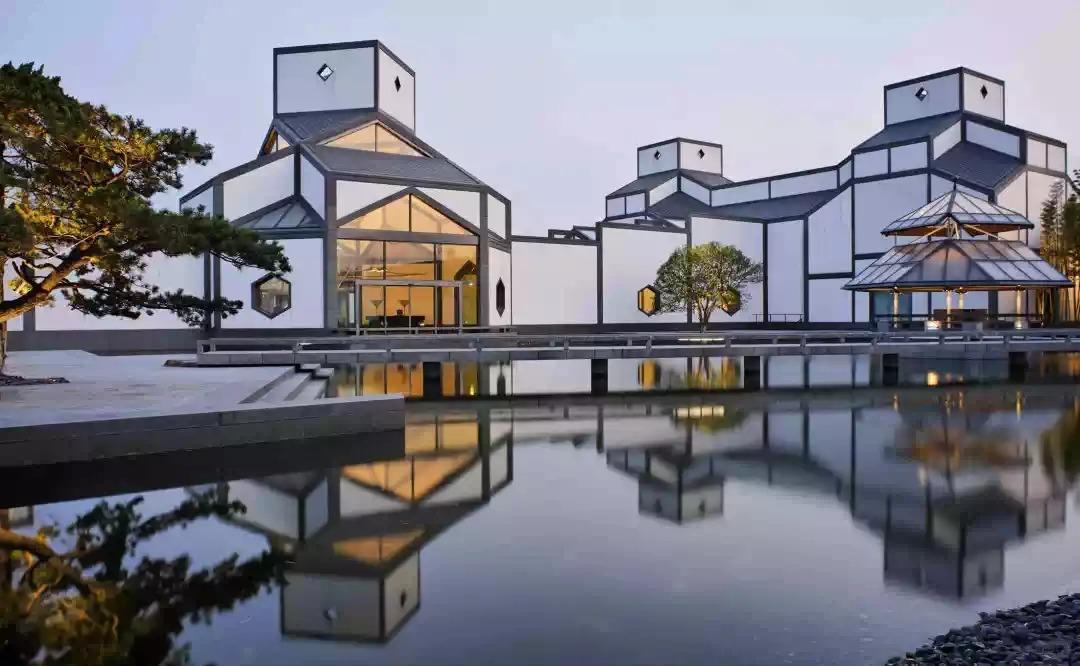
Architectural Features
- Fusion of Traditional and Modern: The museum’s design seamlessly integrates traditional Suzhou architectural elements with modern aesthetics. The white walls, black-tiled roofs, and geometric shapes pay homage to local architecture while introducing contemporary elements.
- Central Courtyard: The museum is built around a central courtyard, a key feature in traditional Suzhou garden design. This open space allows natural light to penetrate the building and creates a serene atmosphere for visitors.
- Water Features: Reflecting pools and carefully placed water elements throughout the museum grounds echo the importance of water in Suzhou’s classical gardens, creating a harmonious environment.
- Skylight Design: The innovative use of skylights allows natural light to illuminate the exhibition spaces, enhancing the viewing experience of the artworks while maintaining a connection with the outside environment.
Cultural Importance
Suzhou Museum plays a crucial role in preserving and showcasing the cultural heritage of Suzhou and the wider Jiangnan region. It houses important collections of ancient Chinese art, including paintings, calligraphy, and ceramics, offering visitors a comprehensive view of the area’s rich artistic traditions. The museum also serves as an educational institution, promoting the understanding and appreciation of Chinese art and culture to both domestic and international audiences.
Surrounding Attractions
- Humble Administrator’s Garden: Located adjacent to the museum, this UNESCO World Heritage site is one of the most famous classical gardens in Suzhou. It exemplifies the art of Chinese garden design with its intricate layout, water features, and architectural elements.
- Lion Grove Garden: A short walk from the museum, this garden is renowned for its elaborate rockery that resembles a lion. It’s one of the most creatively designed gardens in Suzhou, offering a unique landscape experience.
- Pingjiang Road: This well-preserved historical street runs along a canal, offering visitors a glimpse into old Suzhou. It’s lined with traditional white-walled houses, small bridges, and various shops and cafes.
- Suzhou Silk Museum: Located nearby, this museum provides insights into Suzhou’s long history of silk production. Visitors can learn about the silk-making process and see demonstrations of traditional weaving techniques.

Photography Opportunities
- Architectural Shots: The museum’s unique blend of traditional and modern architecture offers numerous opportunities for striking photographs. The geometric shapes, clean lines, and interplay of light and shadow create visually interesting compositions.
- Courtyard and Water Features: The central courtyard and various water elements provide excellent subjects for reflective shots and compositions that capture the essence of Suzhou garden design.
- Exhibition Halls: While photography of exhibits may be restricted in some areas, the spacious and well-lit exhibition halls themselves offer interesting interior shots that showcase the museum’s design.
- Garden Views: The museum’s integration with its surroundings, including views of adjacent gardens, allows for beautiful landscape photographs that blend architecture with nature.
Modern Importance
- Cultural Preservation: The museum plays a vital role in preserving and showcasing Suzhou’s rich cultural heritage, serving as a repository for important historical artifacts and artworks.
- Educational Resource: As an educational institution, the museum offers various programs and exhibitions that help both locals and tourists understand and appreciate Chinese art and history.
- Architectural Landmark: The museum building itself, designed by I.M. Pei, has become a modern landmark in Suzhou, attracting architecture enthusiasts and contributing to the city’s contemporary cultural landscape.
- Tourism Boost: The museum has become a major tourist attraction, contributing to Suzhou’s tourism industry and helping to promote the city’s cultural offerings on an international stage.

FAQ
- What is Suzhou Museum famous for?
Suzhou Museum is famous for its impressive collection of ancient Chinese art, its modern architecture designed by I.M. Pei, and its seamless blend of traditional Suzhou garden design with contemporary elements. - What’s inside Suzhou Museum?
Inside Suzhou Museum, you’ll find extensive collections of Chinese paintings, calligraphy, ceramics, crafts, and historical artifacts from Suzhou and the surrounding region. The museum also features temporary exhibitions and a beautiful courtyard. - Is Suzhou Museum free?
Yes, Suzhou Museum offers free admission to all visitors. - Is Suzhou Museum worth visiting?
Yes, Suzhou Museum is definitely worth visiting. It offers a unique blend of traditional and modern Chinese culture, showcases important artworks, and features stunning architecture designed by a world-renowned architect. - What to do in Suzhou Museum?
In Suzhou Museum, you can explore the permanent collections of Chinese art, view special exhibitions, admire the architectural design, relax in the courtyard, and learn about the history and culture of Suzhou through various displays and educational programs. - How do I get to Suzhou Museum in the local city?
In Suzhou, you can reach Suzhou Museum by taking Metro Line 2 to Shiquan Street Station and then walking about 15 minutes. Alternatively, you can take bus lines 29, 47, 85, 146, 202, 313, 518, or 529 to the Suzhou Museum stop, or take a taxi directly to the museum. - How to visit Suzhou Museum?
To visit Suzhou Museum, plan your visit during opening hours (Tuesday to Sunday, 9:00 AM – 5:00 PM, last entry at 4:00 PM). No tickets are required as admission is free. It’s advisable to check the museum’s website for any special exhibitions or events. Allow at least 2-3 hours for your visit to fully explore the collections and enjoy the architecture.


